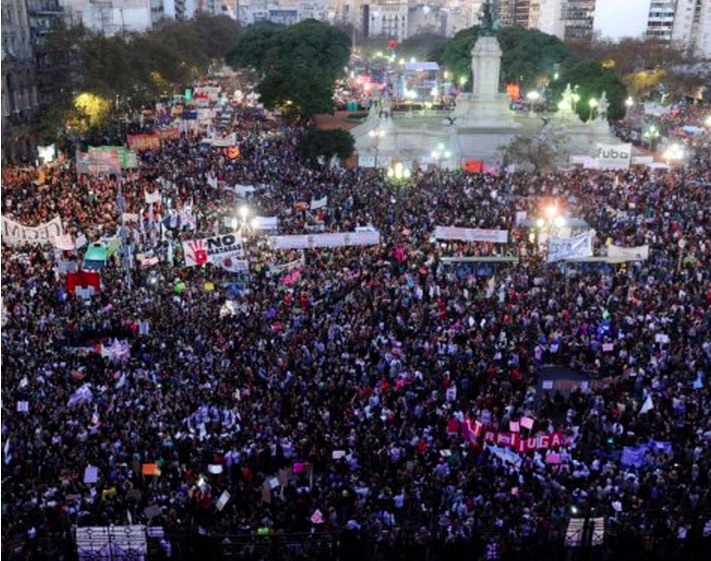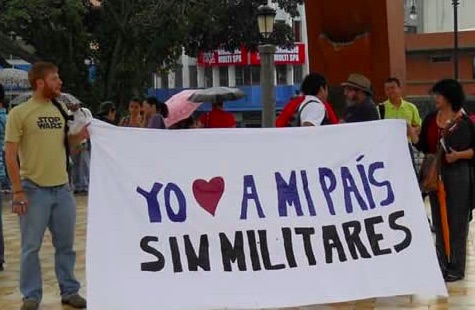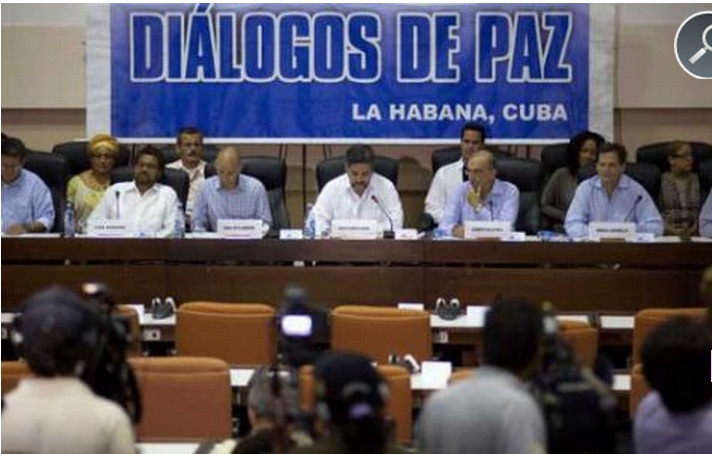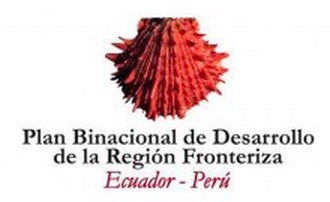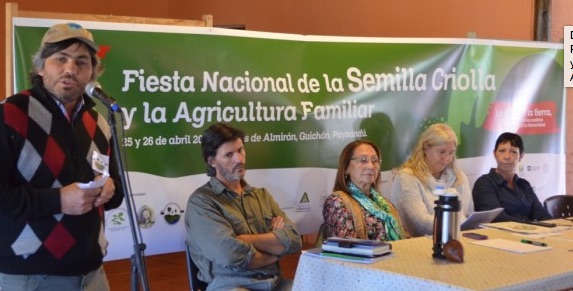FREE FLOW OF INFORMATION
An article from the Ministerio de Trabajo de Colombia (translation by CPNN)
The Minister, of Labor, Luis Eduardo Garzon, says that the Government will provide full guarantees, facilitate and promote the Second National Assembly for Peace, which seeks to contribute from the energy and mining sector a plural and participatory peace that is comprehensive, stable and durable.
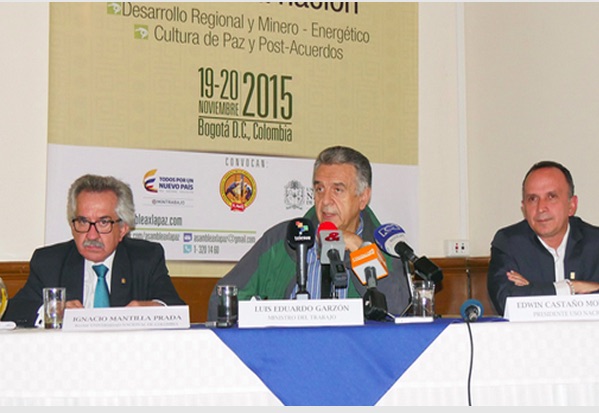
“I see here three organizations that differ in many ways, but are united in the quest for peace,” Lucho Garzón
Garzon referred to the participation of Ecopetrol and the Workers’ Trade Union of the Petroleum Industry (USO). He also highlighted the contributions made from the Academy of the National University of Colombia to the Second Assembly, which is conceived as a space for deliberative and purposeful construction at local, regional and national levels.
“I think it is extremely important for the country and the Ministry and the government itself are committed to help stimulate initiatives like this,” said the head of the Labor Ministry.
“I see here three organizations that differ in many ways, but are united in the quest for peace,” he said.
For the National President of USO, Edwin Castaño Monsalve, the issue of oil has an important role in keeping peace. “This union is betting on scenarios to build peace and we are fully committed to the peace process.”
In turn, the rector of the National University of Colombia, Ignacio Prada Mantilla added that “The university is fully committed to the peace proces, that is, we want contribute to it from all areas of knowledge.”
The National Assembly for Peace will include four conversations and 10 regional assemblies. they will take place in Antioquia, Barrancabermeja, Cartagena, Choco, Villavicencio, Neiva, Puerto Asis, Tibu, Arauca and Popayan. They will focus on three themes: 1) mining and energy policy; 2) regional development and peacebuilding and 3), culture of peace and followup to the peace accords.
(Click here for the orignal Spanish of this aricle.)
What is happening in Colombia, Is peace possible?
This discussion question applies to the following articles:
Colombian villagers practice non-violent resistance
Legacy of a Nonviolent Political Leader: Governor Guillermo Gaviria of Colombia
Working for a Culture of Peace in the Valley of the Cauca, Colombia
Remise des Prix de la Fondation Chirac pour la prévention des conflits
Chirac Foundation Prize for Conflict Prevention
The University and the Peace Process in Colombia
La paz supera coyunturas y fronteras (Colombia y Venezuela)
Peace is not stopped by borders (Colombia and Venezuela)
Campesinos colombianos celebran primer acuerdo agrario de paz
Colombian Govt and FARC Reach Agreement on First Stage of Peace Talks
Colombia Campaña de la ONU “La Paz es mía”
UN Campaign in Colombia:
Presidente colombiano reactivará la Comisión Nacional de Paz
Colombian President to Reactivate National Peace Commission
FARC-EP y Gobierno colombiano avanzan en acuerdos para la paz
FARC-EP and Colombia Government advance in their peace accords
Colombia debe ser también la Nación más educada en derechos humanos: Presidente Santos
Colombia should also be the most educated nation in human rights : President Santos
Gabriel García Márquez and the peace process in Colombia
Colombia amanece con un presidente reelecto, esperanzada en la paz
Colombia awakens to hopes for peace with the re-election of their president
Mujer, ruralidad y memoria, entre los temas del congreso de paz (Bogotá, Colombia)
Women, rurality and historical memory among the themes of the Peace Congress (Bogotá, Colombia)
Sonia Ines Goéz Orrego on a speaking tour in the U.S. to share her experience building peace in Colombia
Pax Christi International Peace Award 2015: Women Collective for Reflection and Action (Colombia)
FARC-EP y Gobierno colombiano crearán Comisión de la Verdad
Planning for a Peace Assembly in the Colombian Caribbean
Inician construcción de Asamblea por la Paz en el caribe colombiano
Colombia: Ministerio del Trabajo acompañará, garantizará y facilitará Segunda Asamblea Nacional por la Paz
Colombia: The Labor Minister will provide full guarantees, facilitate and promote the Second National Assembly for Peace


